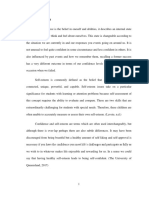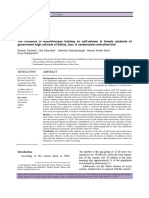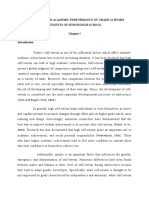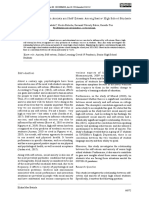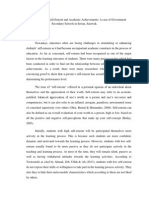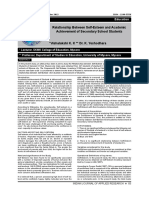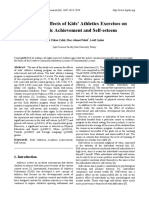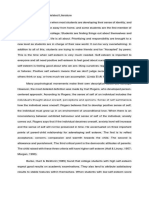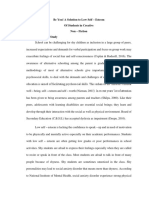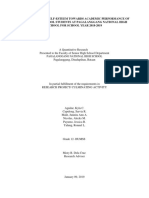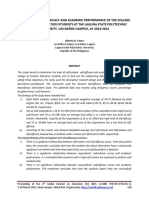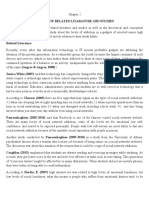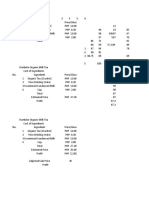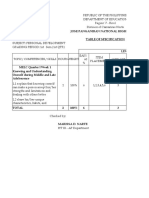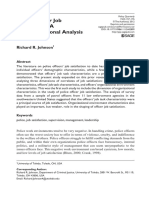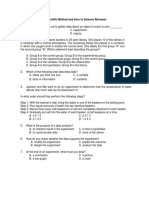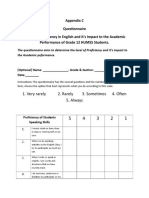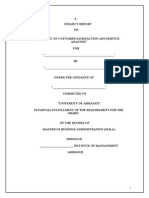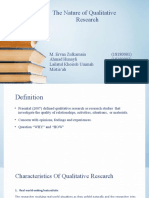0% found this document useful (0 votes)
114 views16 pagesChapter 2 - Igos
This chapter reviews related literature and studies on factors affecting self-esteem as perceived by selected grade 12 students and their academic performance. Several studies found that males generally have slightly higher global self-esteem than females. Other studies showed relationships between low self-esteem and risky behaviors, as well as positive impacts of self-monitoring interventions on students' academic performance and behaviors. The reviewed literature examines topics like parental support, body dissatisfaction, internalizing problems, and relationships between self-esteem and academic achievement.
Uploaded by
Shailac RodelasCopyright
© © All Rights Reserved
We take content rights seriously. If you suspect this is your content, claim it here.
Available Formats
Download as DOC, PDF, TXT or read online on Scribd
0% found this document useful (0 votes)
114 views16 pagesChapter 2 - Igos
This chapter reviews related literature and studies on factors affecting self-esteem as perceived by selected grade 12 students and their academic performance. Several studies found that males generally have slightly higher global self-esteem than females. Other studies showed relationships between low self-esteem and risky behaviors, as well as positive impacts of self-monitoring interventions on students' academic performance and behaviors. The reviewed literature examines topics like parental support, body dissatisfaction, internalizing problems, and relationships between self-esteem and academic achievement.
Uploaded by
Shailac RodelasCopyright
© © All Rights Reserved
We take content rights seriously. If you suspect this is your content, claim it here.
Available Formats
Download as DOC, PDF, TXT or read online on Scribd
/ 16



